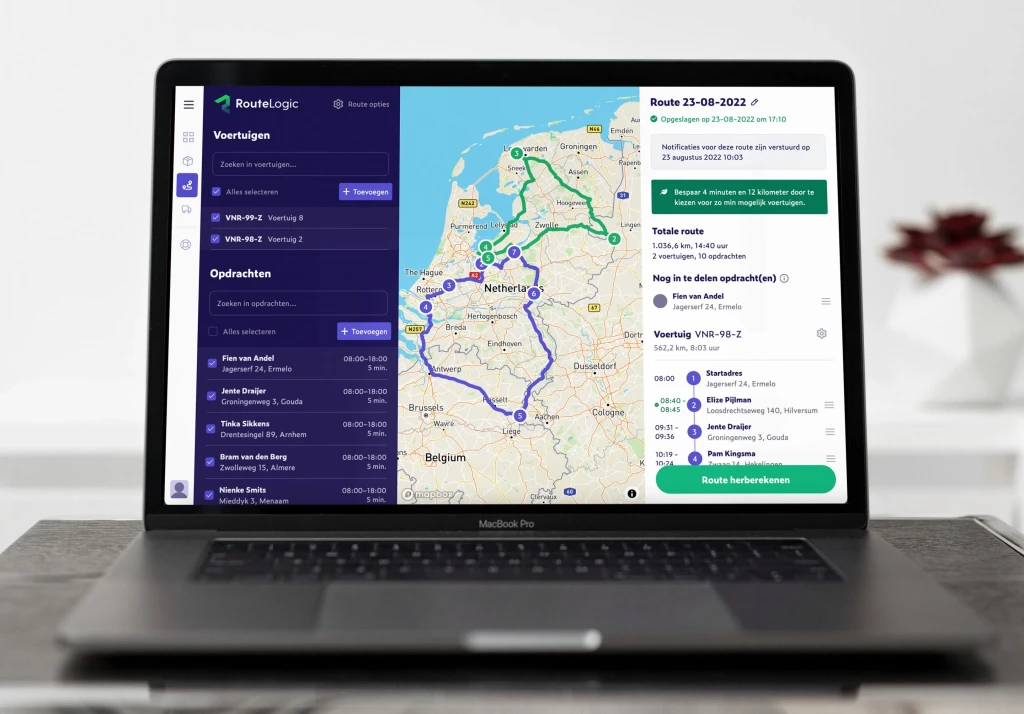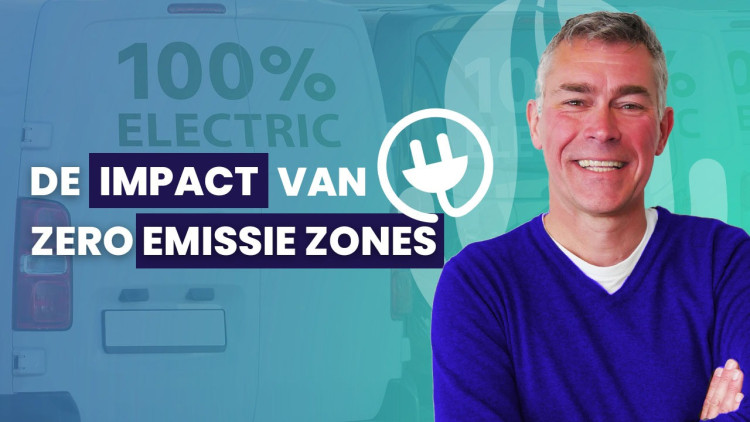What is an Emission Class?
Definition and General Explanation
An emission class is a set of standards that determines the amount of exhaust gases a vehicle is allowed to emit. These classes are intended to limit the emissions of pollutants such as nitrogen oxides (NOx), carbon monoxide (CO), and particulate matter (PM).
History and Development of Emission Class
How Emission Class Has Evolved
The evolution of emission class began in the late 20th century when the need to address air pollution became increasingly clear. Over the years, the standards have become progressively stricter, leading to cleaner and more efficient vehicles.
Different Emission Classes
Overview of the Different Classes
Emission classes range from Euro 1, introduced in the '90s, to the more recent Euro 6 standard. Each successive class imposes stricter limits on the emission of harmful substances. There is also a "zero-emission class," encompassing vehicles that emit no pollutants, such as electric delivery vans or hydrogen delivery vans. More information about zero-emission zones can be found here.
Emission Class and Types of Vehicles
How Emission Class Differs for Each Vehicle Type
Emission standards apply not only to passenger cars but also to trucks, buses, and other heavy vehicles. Each vehicle type has specific requirements tailored to its emission potential.
Emission Class and Environmental Zones
The Role of Emission Class in Environmental Policies
In many cities, environmental zones have been established where only vehicles that meet certain emission standards are allowed. This helps reduce air pollution in densely populated areas.
International Comparison of Emission Class
How Different Countries Adopt Emission Standards
While Europe follows the Euro standards, other regions such as the United States and Asia have their own emission standards. These differences reflect diverse approaches and environmental goals of different countries.
Future of Emission Class
New Developments and Trends
The future of emission class seems to focus on even stricter standards and the promotion of alternative drivetrains such as electric and hydrogen vehicles. These developments are likely to lead to even cleaner forms of transportation.
Impact of Emission Class on Vehicle Owners
What Does Emission Class Mean for Consumers
For vehicle owners, emission classes mean that when purchasing a new vehicle, consideration must be given to the emission standard. This can impact factors such as taxes, access to certain areas, and the resale value of the vehicle.
Reducing Vehicles' Impact on the Environment
Emission class is a crucial part of global efforts to reduce the impact of vehicles on the environment. It encourages the development of cleaner vehicles and helps cities improve their air quality. Understanding these classes is important for both the industry and consumers as they have a direct influence on the choice and use of vehicles. As the world continues to focus on sustainability, emission classes will continue to evolve and play a key role in shaping our future mobility solutions.
How More Efficient Routes Reduce Emissions
With route planning software, you can deliver goods in the most efficient way. This not only saves on fuel but also time and money. Additionally, it reduces emissions, benefiting the environment. RouteLogic takes into account the following factors when calculating a route:
- The number of vehicles;
- How many hours a vehicle averages per day;
- How many kilometers a vehicle averages per day;
- How many hours you spend on route planning per day;
- The hourly wage of a driver;
- The fuel price per liter.
Start planning your first routes for free with RouteLogic now and discover how quickly you can create efficient logistics routes for your operation.



